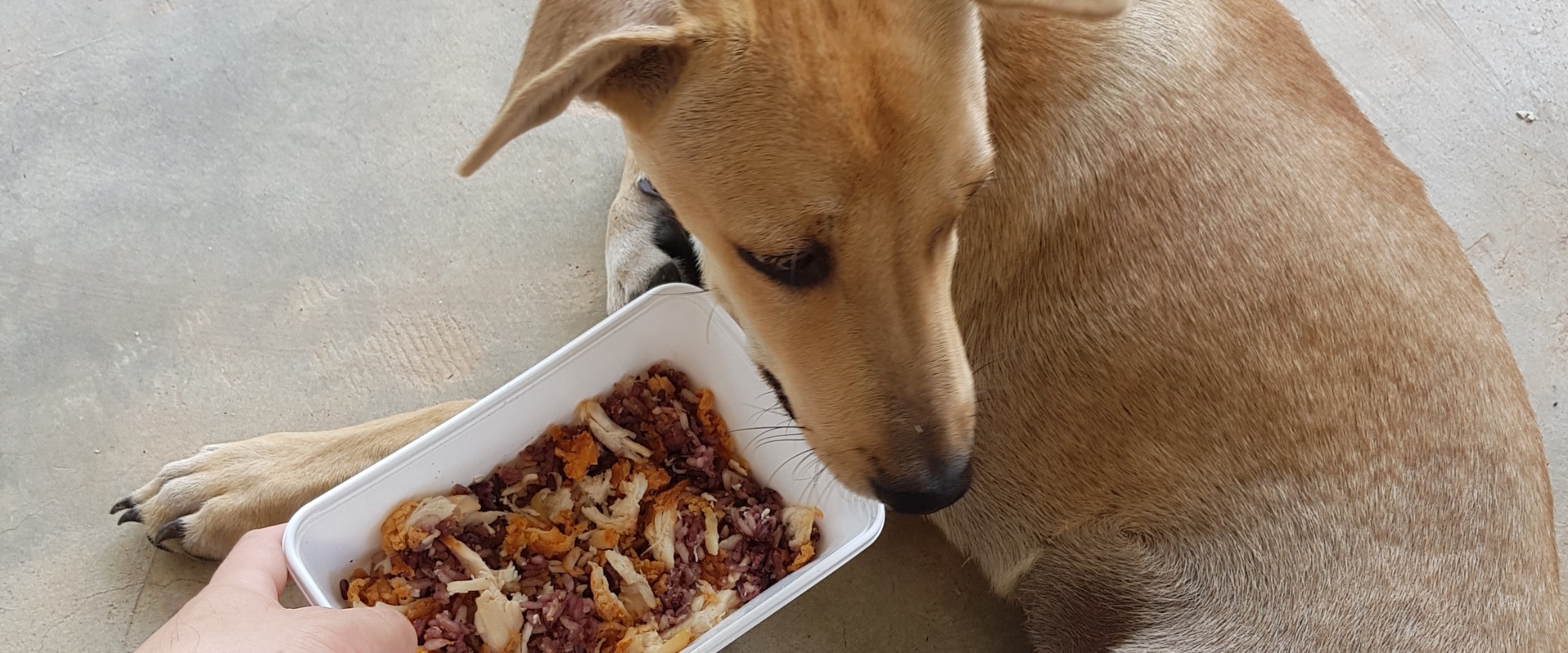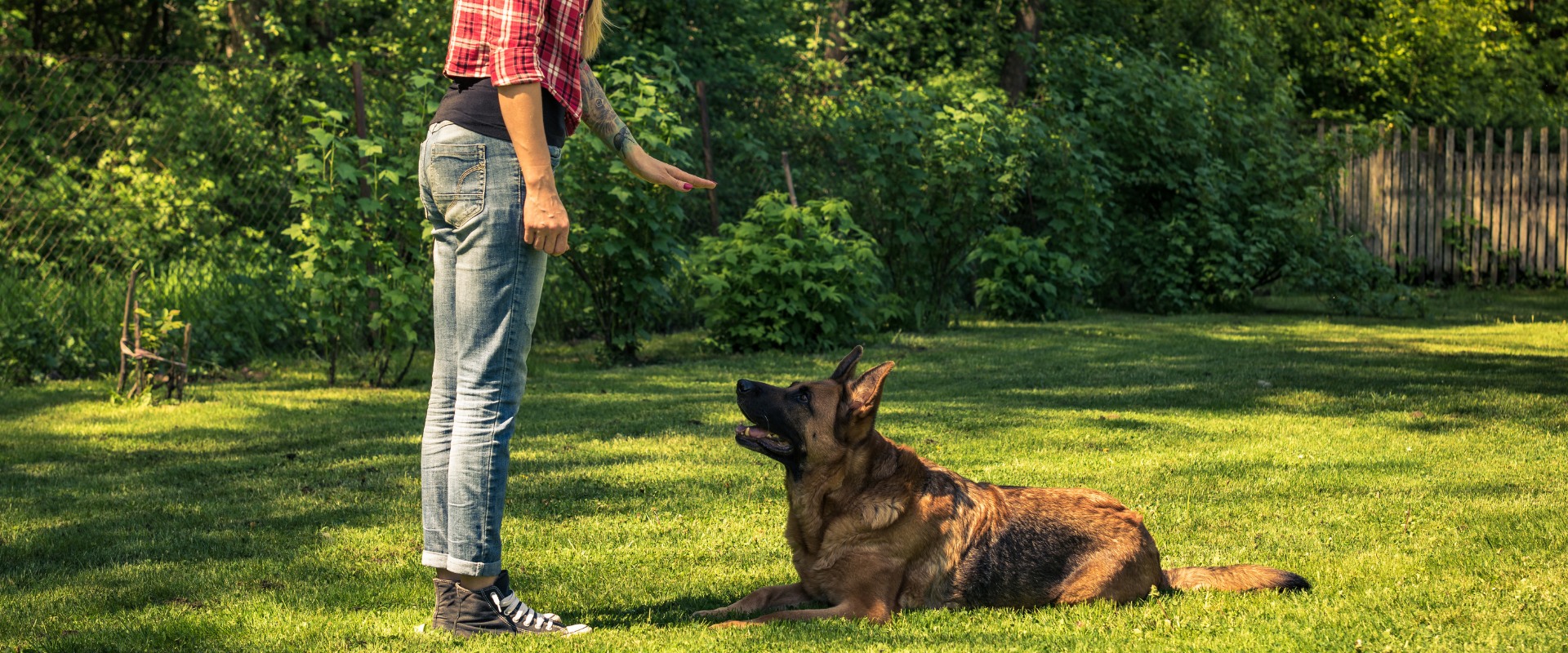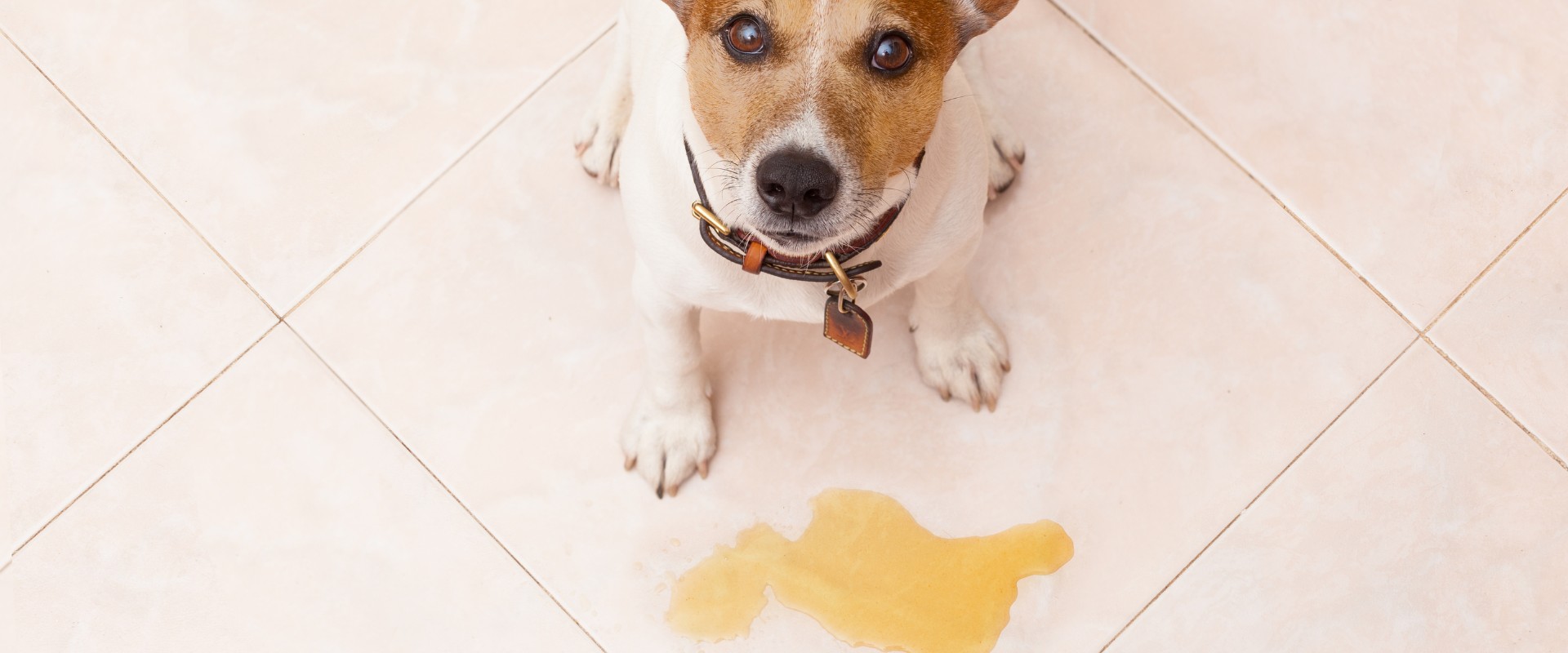Dogs are known for their loyalty and companionship, but sometimes they can be downright defiant. If your dog has been ignoring you, it can be frustrating and demoralizing. But don’t worry, there are usually reasons for this behavior, and there are things you can do to fix it.
Common Reasons Dogs Ignore Their Owners
Here are some of the most common reasons dogs ignore their owners:
- Distraction. Dogs are easily distracted, especially by things they find interesting or exciting. If your dog is ignoring you because it’s seen a squirrel or another animal, it’s not because they’re being disobedient. They’re simply following their instincts.
- Lack of training. If your dog has never been trained to listen to you, or if they’ve been inconsistently trained, they’re more likely to ignore you.
- Confusion. If you’re not using clear and consistent commands, your dog may be confused about what you’re asking them to do.
- Boredom. If your dog is bored or understimulated, they may act out in different ways, including ignoring you.
- Fear or anxiety. If your dog is afraid or anxious, they may withdraw from you or ignore you altogether.
- Medical problems. Some medical conditions, such as pain, hearing loss, or cognitive decline, can cause dogs to become withdrawn and less responsive.

How to Handle a Dog That Ignores You
If your dog is ignoring you, the first thing you should do is rule out any medical problems. Take them to the vet for a checkup just to be sure.
Once you’ve ruled out any medical issues, you can start to address the behavioral issue. Here are some tips:
- Get your dog’s attention. Before you give your dog a command, make sure you have their attention. You can do this by calling their name, clapping your hands, or gently tapping them on the shoulder.
- Use clear and consistent commands. Once you have your dog’s attention, give them a clear and concise command. Use the same command every time you want them to perform a certain behavior.
- Be consistent. Dogs thrive on routine and consistency. Be consistent with your training and discipline, and your dog will be more likely to listen to you.
- Make training fun. Dogs are more likely to learn and obey commands if they’re having fun. Reward your dog with treats, praise, or petting when they listen to you.
- Be patient. It takes time and patience to train a dog. Don’t get discouraged if your dog doesn’t learn right away. Just keep practicing and be consistent.
Additional tips for dealing with a dog that ignores you:
- Use high-value rewards. If your dog is ignoring you, try using high-value rewards, such as their favorite treats or toys. This will help to get their attention and make them more likely to obey your commands.
- Avoid repetition. If you repeat a command over and over again without your dog responding, they will learn that they don’t have to listen to you. If your dog ignores a command, simply move on to something else. You can come back to the command later.
- Be positive. Dogs are more likely to respond to positive reinforcement than negative punishment. When your dog listens to you, be sure to praise them and give them a treat. This will help them to associate listening to you with good things.
- Seek professional help. If you’re struggling to train your dog on your own, consider seeking professional help from a certified dog trainer. A good trainer can help you to identify the underlying cause of your dog’s behavior and develop a training plan that is tailored to your specific needs.

Preventing Your Dog From Ignoring You
The best way to prevent your dog from ignoring you is to start training them early. Even young puppies can learn basic commands, such as sit, stay, and come. As your dog gets older, you can teach them more complex commands.
It’s also important to make sure your dog is getting enough exercise and mental stimulation. A bored or understimulated dog is more likely to develop behavioral problems, including ignoring you.
If you’re consistent with your training and discipline, and you provide your dog with plenty of exercise and mental stimulation, they’re less likely to ignore you. However, even the best-trained dogs will ignore their owners from time to time. It’s important to be patient and understanding, and to continue working on your relationship with your dog.
dog ignores commands
- If your dog is ignoring commands outside: Start training in a quiet, distraction-free environment. Once your dog is reliably responding to commands in a quiet place, start practicing in more distracting environments. You can also try using a longer leash to give your dog more freedom, while still maintaining control.
- If your dog is ignoring commands when distracted by other dogs or squirrels: Try training in a place where there are fewer distractions. You can also try using a distraction-free training method, such as clicker training.
- If your dog is ignoring commands because they’re bored or understimulated: Make sure your dog is getting enough exercise and mental stimulation. Take them for longer walks, play with them more often, and enroll them in a dog training class or sport.
- If your dog is ignoring commands because they’re afraid: Try to identify the source of their fear and work on desensitizing them to it. For example, if your dog is afraid of thunderstorms, you can start by playing recordings of thunderstorms at a low volume. Gradually increase the volume over time and give your dog treats and praise when they remain calm.
It’s important to be patient and consistent with your training. With time and effort, you can teach your dog to listen to your commands, even in distracting environments.

Case Studies:
Case Study 1
Dog: Buddy, a 2-year-old Golden Retriever
Problem: Buddy was ignoring his owner’s commands, especially when he was distracted by other dogs or squirrels.
Solution: The owner started by working on Buddy’s recall in a quiet, distraction-free environment. Once Buddy was reliably coming when called in a quiet place, the owner started practicing in more distracting environments. The owner also started using high-value rewards, such as Buddy’s favorite treats and toys, to get his attention and make him more likely to obey commands.
Results: Within a few weeks, Buddy was reliably responding to his owner’s commands, even in distracting environments.
Case Study 2
Dog: Molly, a 5-year-old Labrador Retriever
Problem: Molly was ignoring her owner’s commands because she was bored and understimulated.
Solution: The owner started taking Molly for longer walks and playing with her more often. The owner also enrolled Molly in a dog agility class. Dog agility is a great way to provide dogs with both physical and mental stimulation.
Results: Within a few weeks, Molly was less bored and more responsive to her owner’s commands.
Case Study 3
Dog: Max, a 10-year-old German Shepherd
Problem: Max was ignoring his owner’s commands because he was afraid of thunderstorms.
Solution: The owner started by desensitizing Max to thunderstorms by playing recordings of thunderstorms at a low volume. The owner would then gradually increase the volume of the recordings over time. The owner would also give Max treats and praise when he remained calm during the recordings.
Results: Within a few weeks, Max was less afraid of thunderstorms and more responsive to his owner’s commands.
These are just a few examples of how to resolve the issue of a dog ignoring its owner. If you are struggling with this issue, it is important to be patient and consistent with your training. You may also want to consider seeking professional help from a certified dog trainer.



